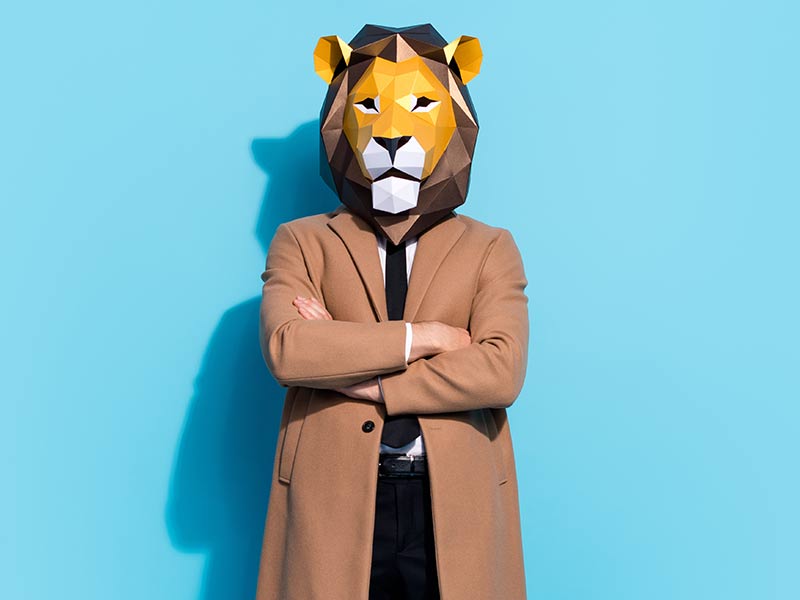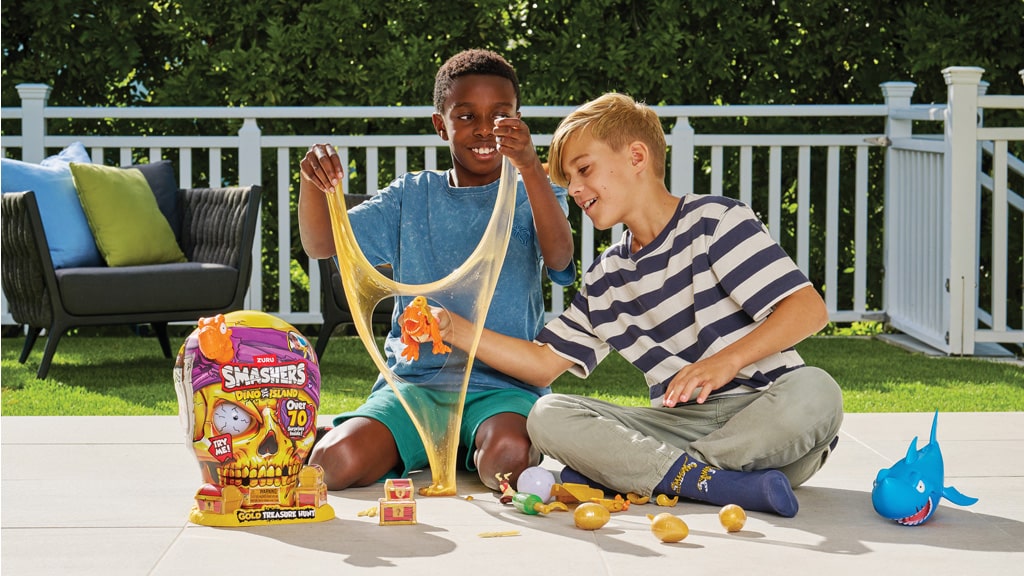
by Ted Mininni, President & Creative Director, Design Force Inc.
As an expert in package design for the toy and entertainment industries, I have an opportunity to observe on an ongoing basis how the role of packaging is transforming. Today’s toy packaging is a strategic asset that enhances the brand experience at retail by engaging consumers emotionally. Heading into 2025, the industry is embracing innovation to meet evolving consumer expectations and address the needs of popular products in various categories. By focusing on emerging trends in structural and graphic design, brand owners and marketers can leverage their brands’ packaging to capture consumer attention and drive brand loyalty.
Let’s examine the innovation and emerging trends shaping the look of today’s toy packaging and determine where things are heading this year.
SUSTAINABILITY STILL TAKES CENTER STAGE
Consumers’ eco-consciousness pushes toy brands to adopt innovative, sustainable packaging solutions. Sustainability isn’t just an industry buzzword; it has become a core principle for all of us involved in toy brand packaging design. This shift has led to innovations in external packaging materials, including those we don’t see until we purchase the product.
For example, The LEGO Group is transitioning from single-use plastic to a paper-based substrate for its pre-packed bags, which come numbered according to the step-by-step assembly instructions. The company’s website says that an unintended benefit of using paper is that it’s more fun to unwrap and that kids enjoy the added suspense of opening the bags during the building process. Following The LEGO Group’s lead, look for more toy brands to move away from traditional packaging materials in favor of recycled cardboard, paper-based alternatives, and biodegradable substrates.
Sustainability is no longer just about using recyclable materials — it’s also about rethinking the structure and design of toy packaging entirely. Packaging that remains a part of the toy rather than needing to be discarded is increasingly common. Fisher-Price’s MEGA Bloks Big and Deluxe Building Bags’ packaging is essentially beautifully designed, soft window boxes that double as zippable storage containers, making clean-up and portability easy. Expect more structural innovations that integrate packaging into the product and play pattern.
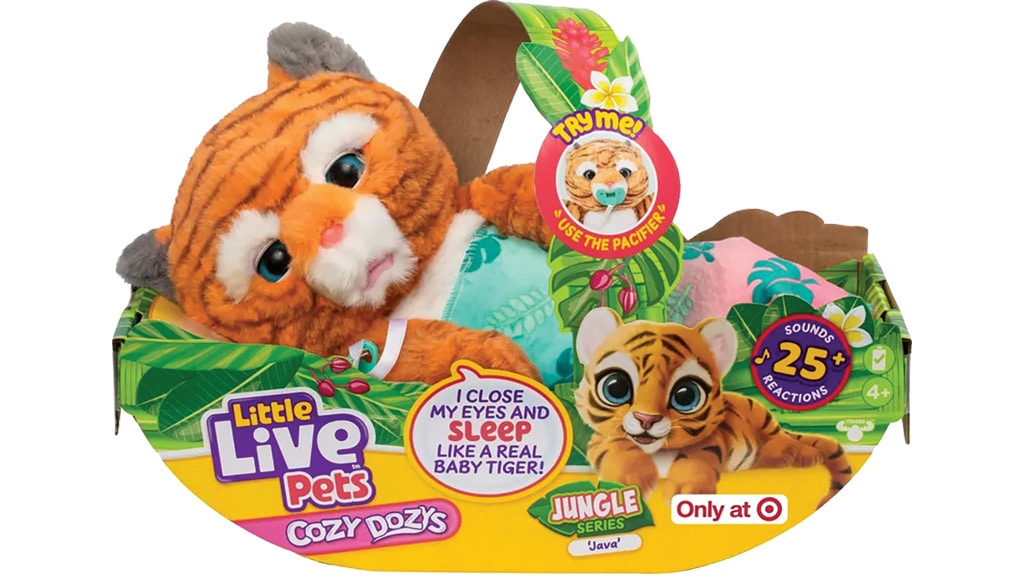
INTERACTIVE PACKAGING AND ELEVATED UNBOXING EXPERIENCES
Most of us think of interactive packaging as including QR codes or utilizing AR features. Although these interactive features are becoming more prevalent and do a great job of bridging the gap between the actual physical toy and digital engagement, creating a multi-dimensional experience for users, I’m actually more excited to see an increase in structural innovations that elevate the unboxing experience by adding layers of storytelling.
Mattel’s Monster High Skulltimate Secrets Monster Mysteries fashion dolls feature an unboxing experience that requires a key to “unlock” the plastic inner packaging structure to “release” the doll. Along the way, new accessories are revealed from different chambers. The final step elevates the doll above the structure, which ultimately becomes her display stand.
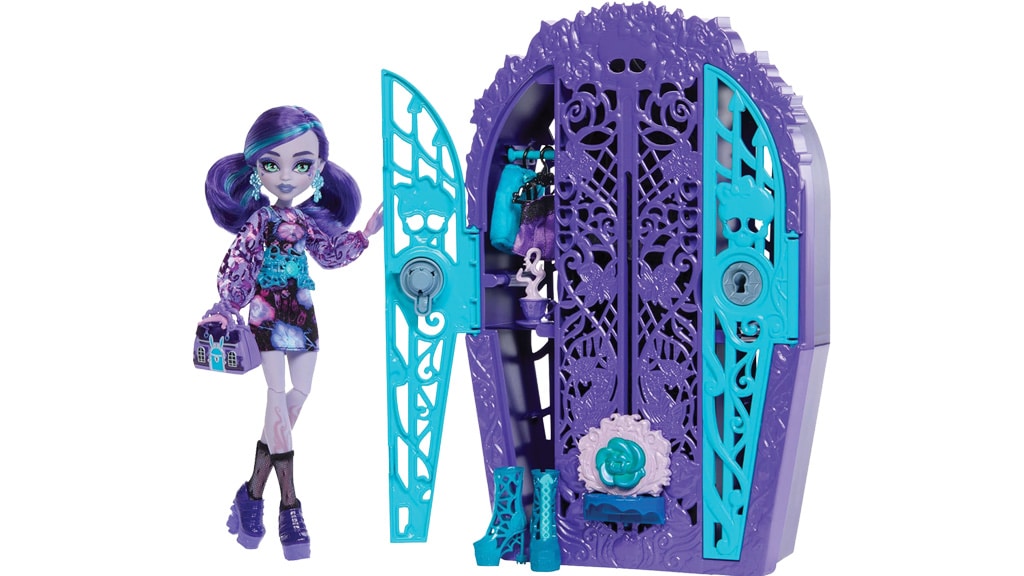
ZURU has also taken interactive packaging and the blind box unboxing experience to another level with the Smashers Dino Island Gold Treasure Hunt. The toy is a gold plastic skull with a mini dinosaur popping out at the top. The skull’s interactive eyeball changes colors and says different phrases when pressed. The outer packaging is a shrink-wrapped label that tells kids all about what the skull contains. Once the shrink wrap is removed, kids break the seals under the base, then “smash” the sides of the skull to break it open and spill all the goodies and surprises. That’s when the fun begins. Kids follow the treasure map to unbag sand, slime, and tons of other treasure, including a shark and a dinosaur, to build and battle.
Toy brands are clearly prioritizing the unboxing experience in consumer engagement, so I expect to see more interactive structures in various materials that take consumers on a journey full of unexpected surprises as they discover what’s inside.
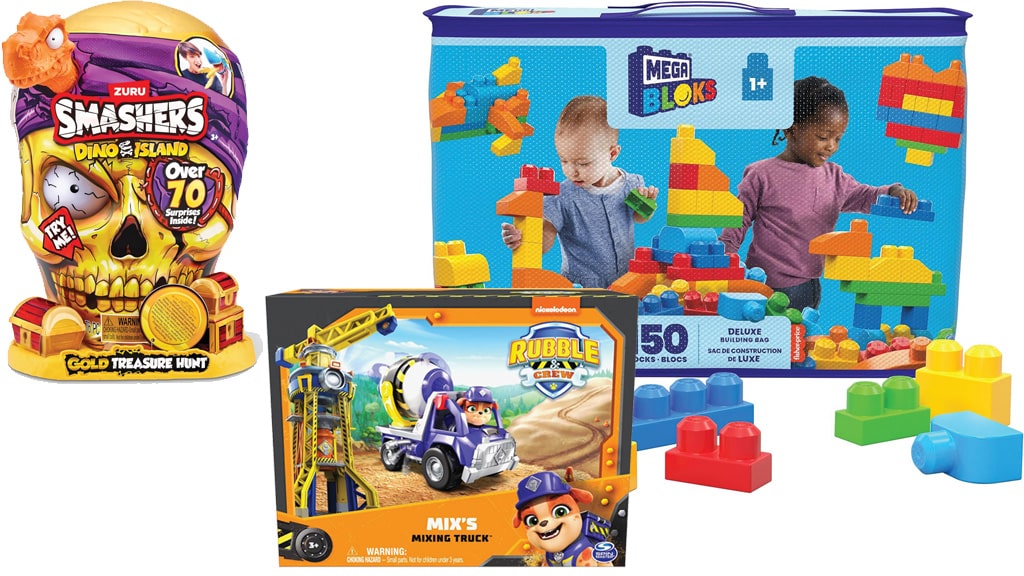
ENHANCING STORYTELLING WITH STRUCTURAL “ENVIRONMENTS”
As toy package designers, we’re continually evolving our strategies to engage consumers at retail amid the visual chaos of the toy department. We all know the power of storytelling to connect emotionally with consumers and generate a desire to motivate their purchase decisions. An emerging storytelling trend is treating package structure as an immersive, illustrated environment for the product within.
Moose Toys’ Little Live Pets Cozy Dozys Jungle Series Java the Tiger packaging creates a jungle-themed cradle for the interactive baby tiger. Java looks right at home, swaddled in her bold yellow cradle, lined with lush foliage with a built-in handle. Spin Master’s PAW Patrol Rubble & Crew Mix’s Mixing Truck packaging puts consumers on the construction site. The open platform box structure is shaped and illustrated to look like the scoop of a front loader. The bold orange and black palette trims the entire structure, framing an illustrated scene of dirt hills, a crane, and orange construction cones to tell an exciting construction adventure story in visual form.
LOOKING AHEAD
Packaging innovation will remain central to consumer engagement as the toy industry charges ahead. By focusing on sustainability, interactivity, the evolving unboxing experience, and powerful storytelling, toy brands can create packaging that captures attention and aligns with today’s consumer sensibilities.
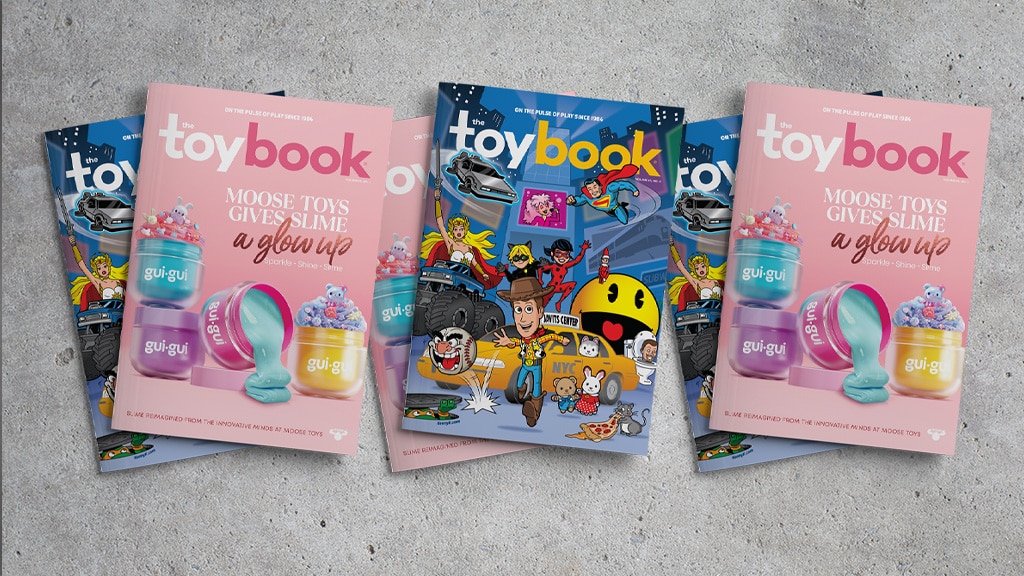
A version of this feature was originally published in the 2025 edition of The BIG Toy Book. Click here to read the full issue! Want to receive The Toy Book in print? Click here for subscription options!
The post Outside the Box: Unboxing the Future appeared first on The Toy Book.

